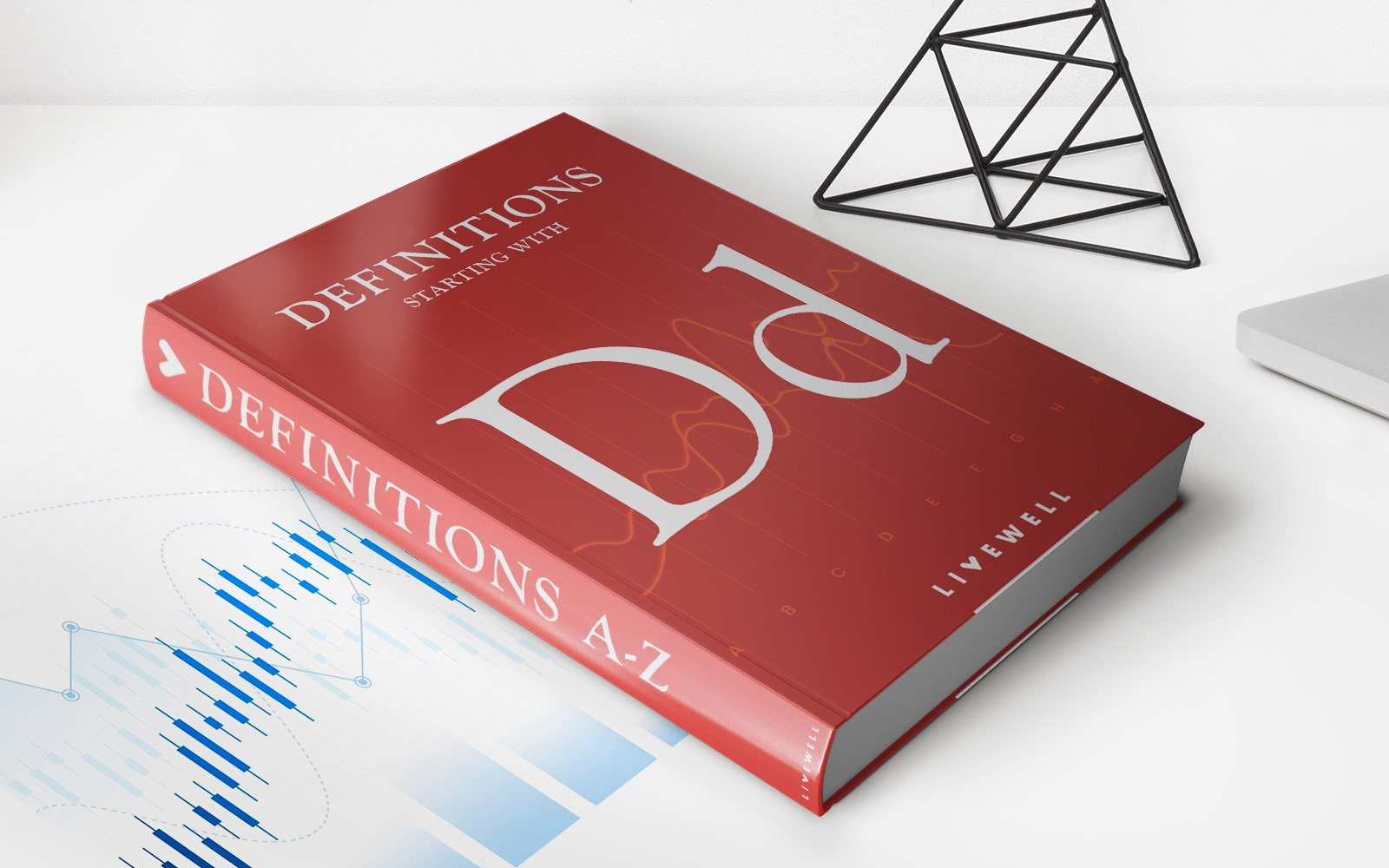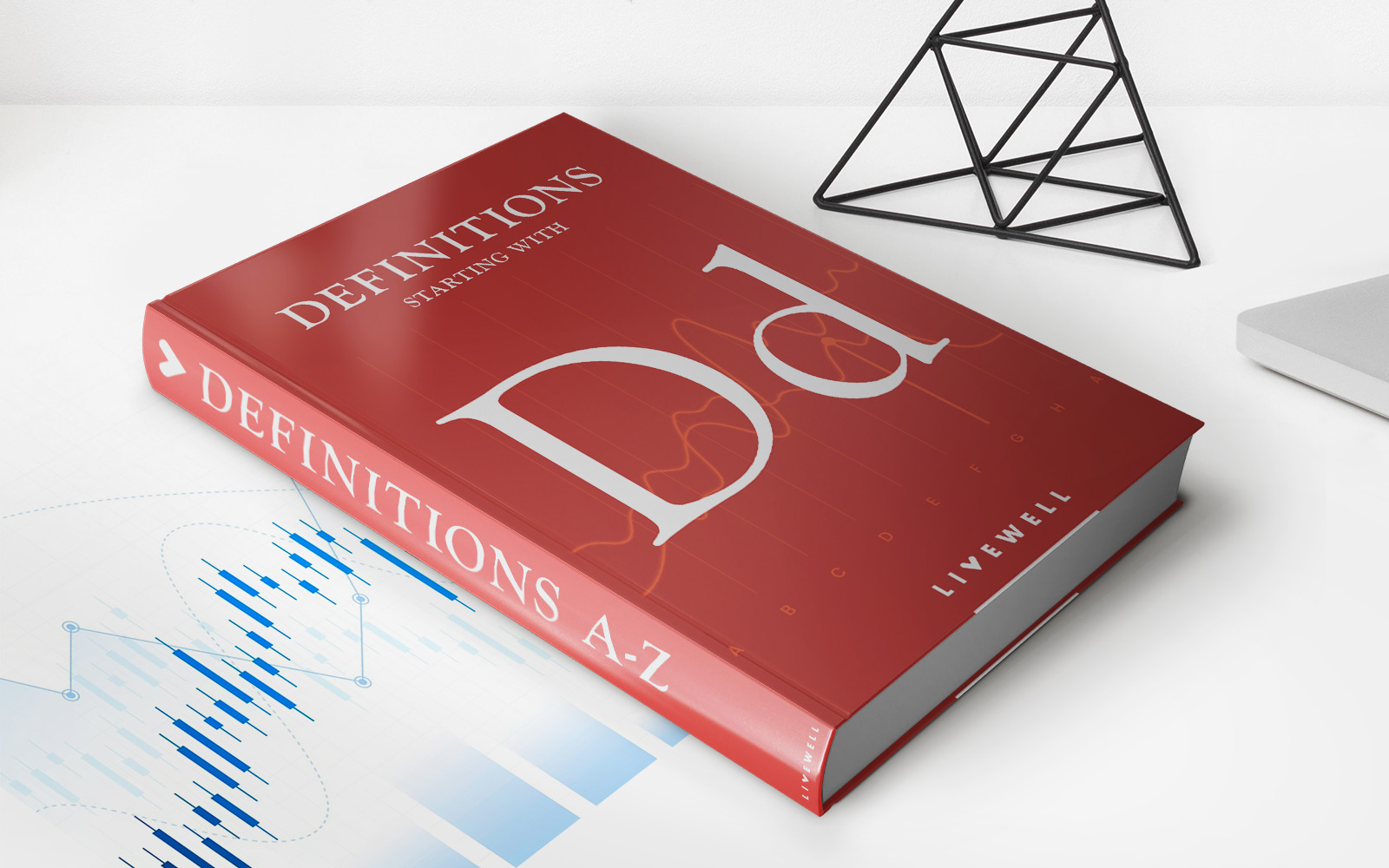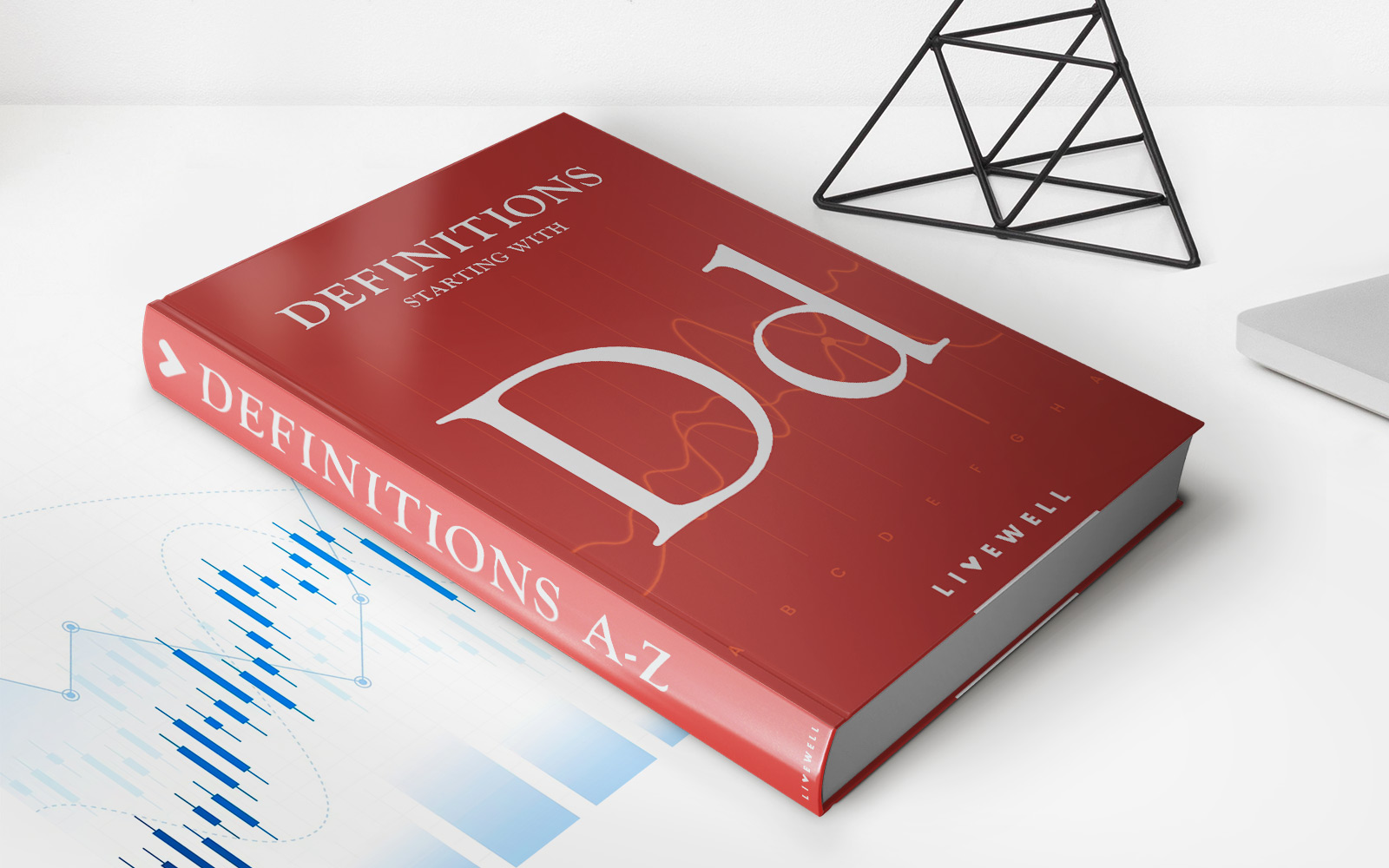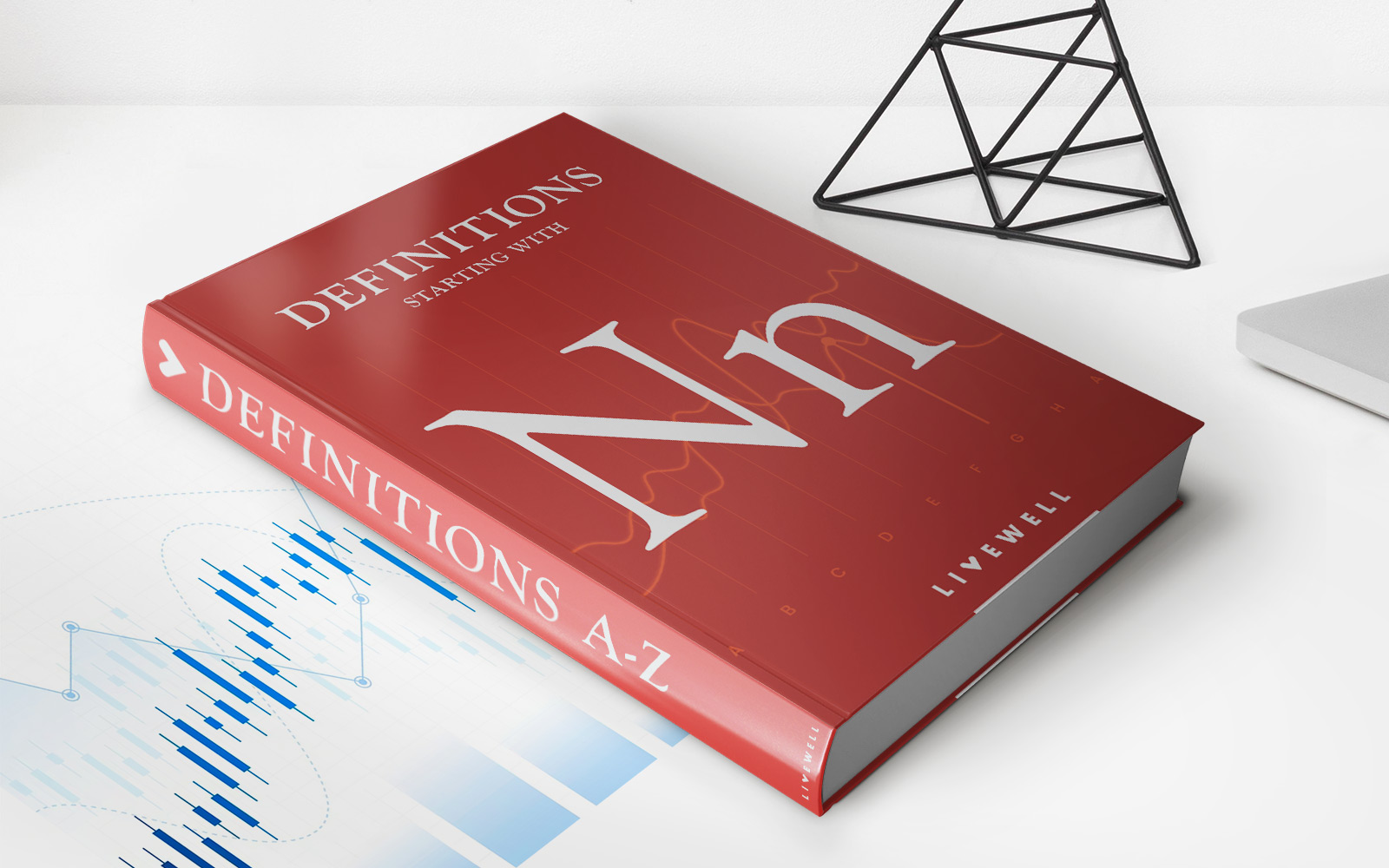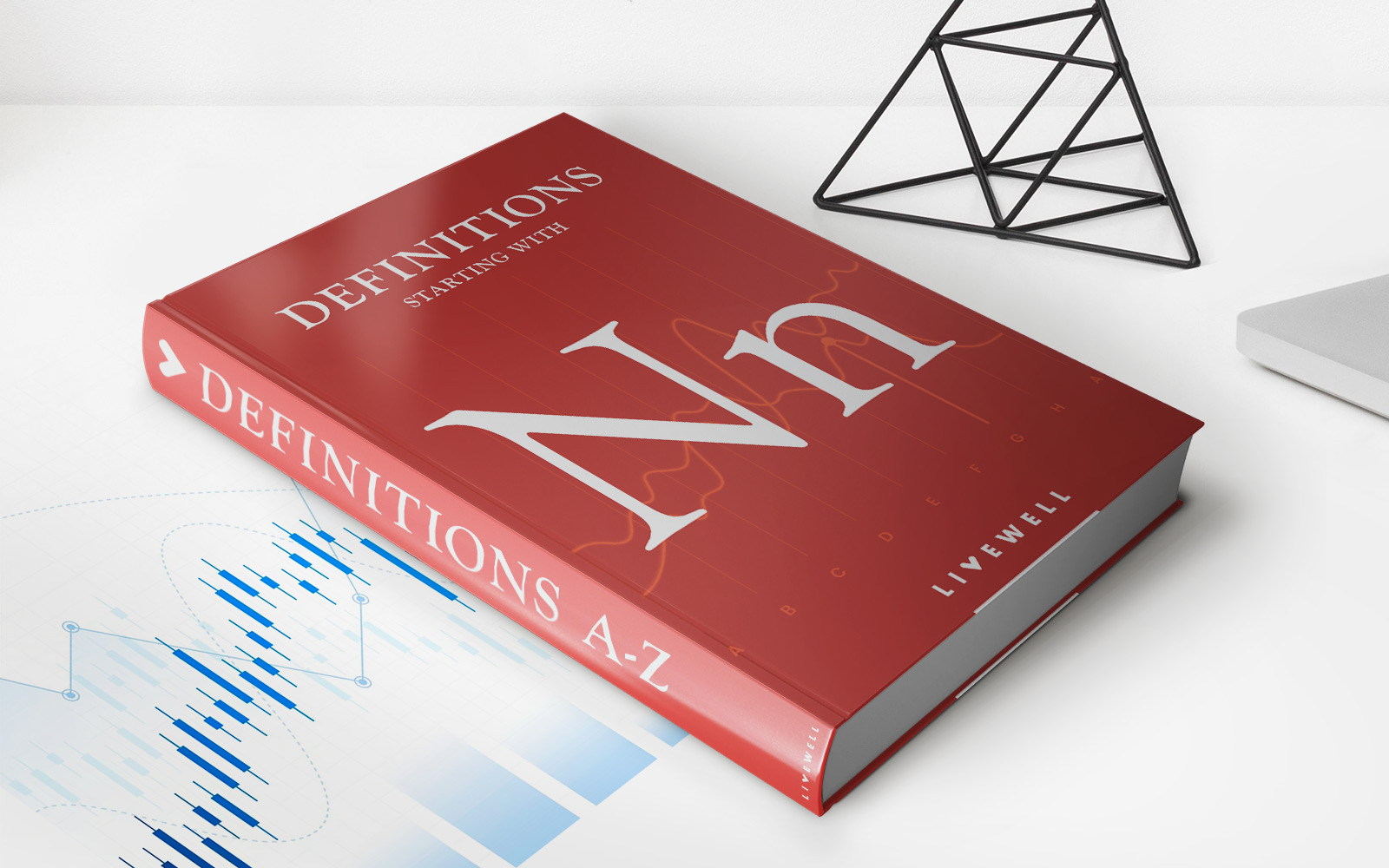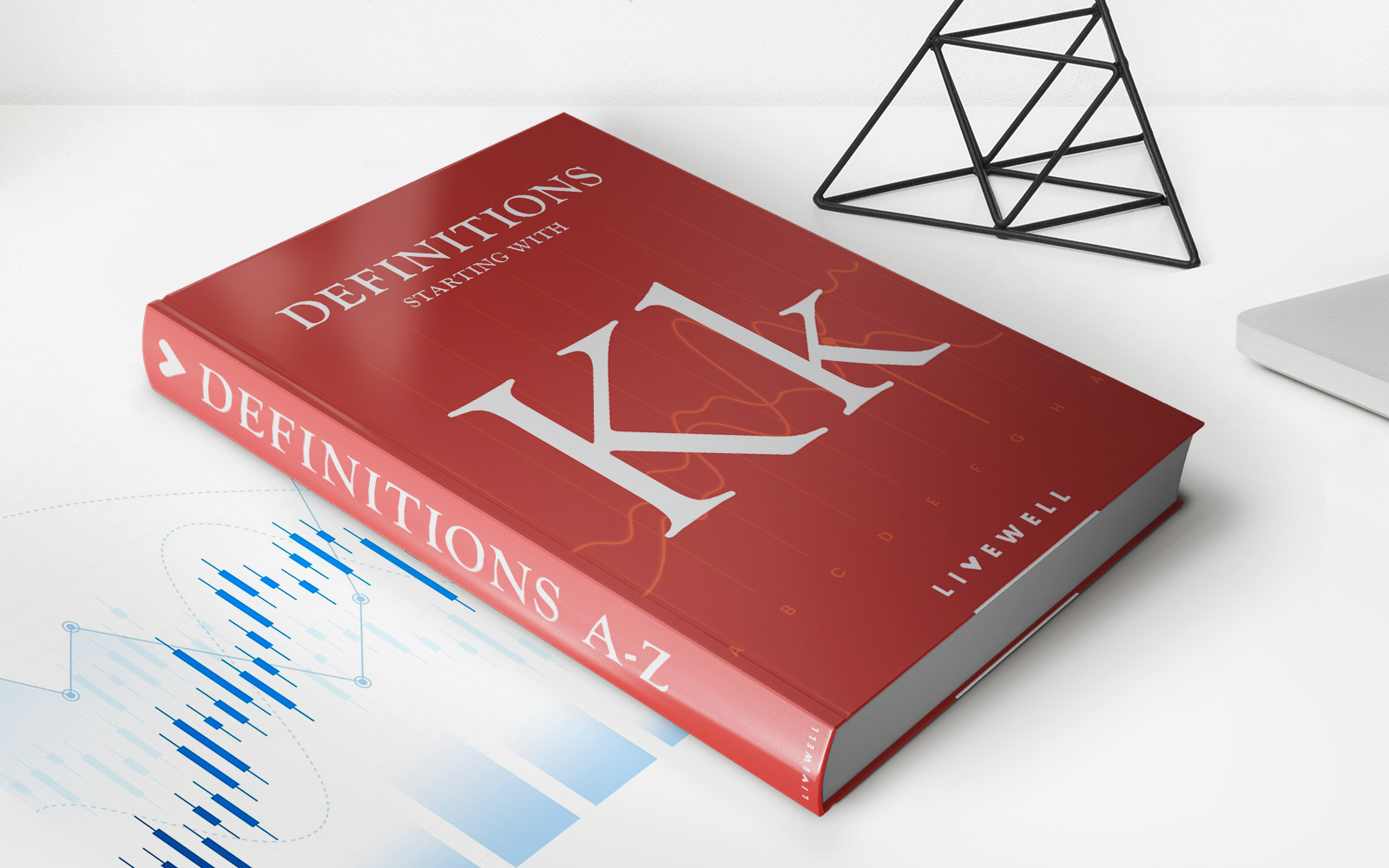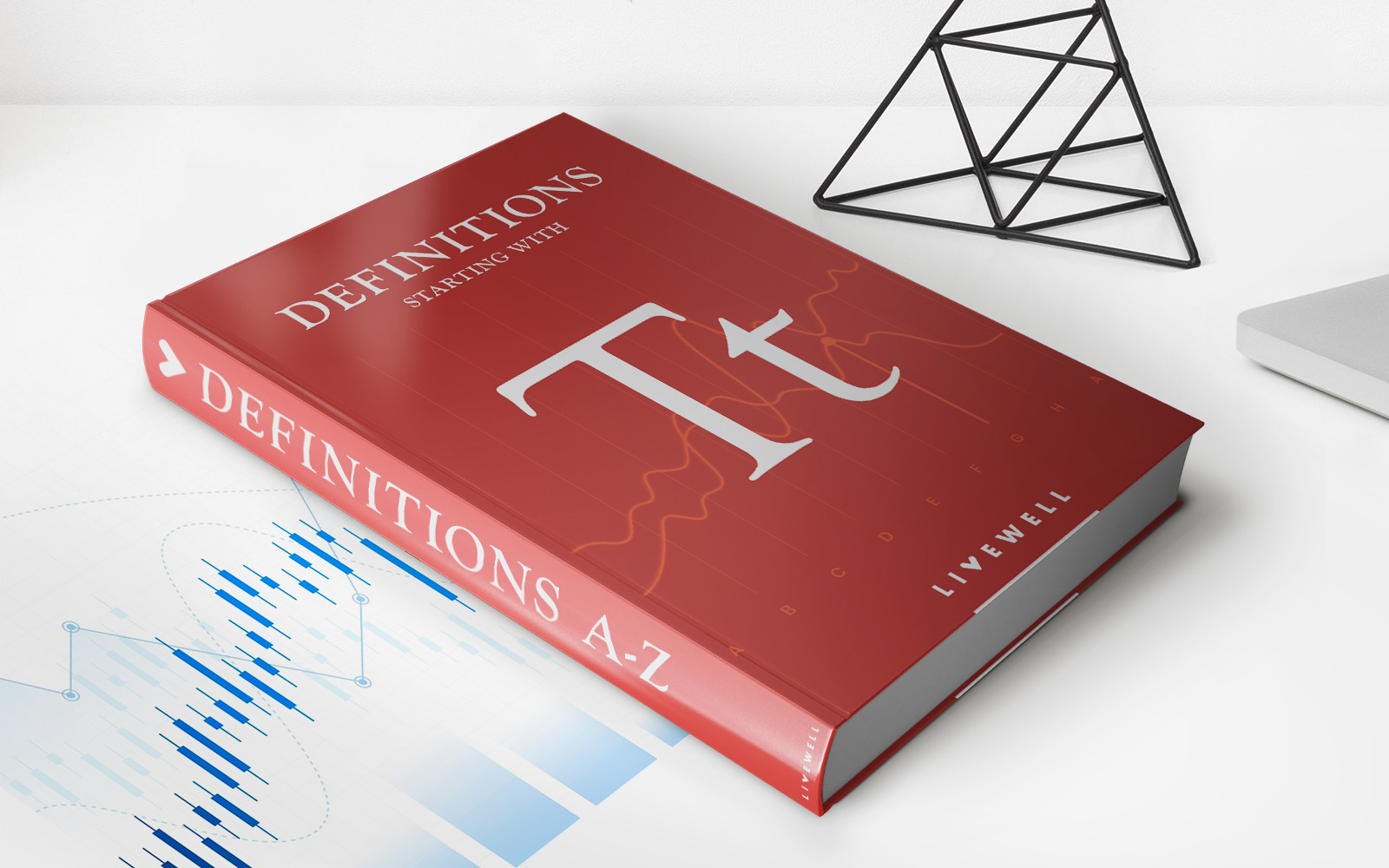Home>Finance>Negative Directional Indicator (-DI) Definition
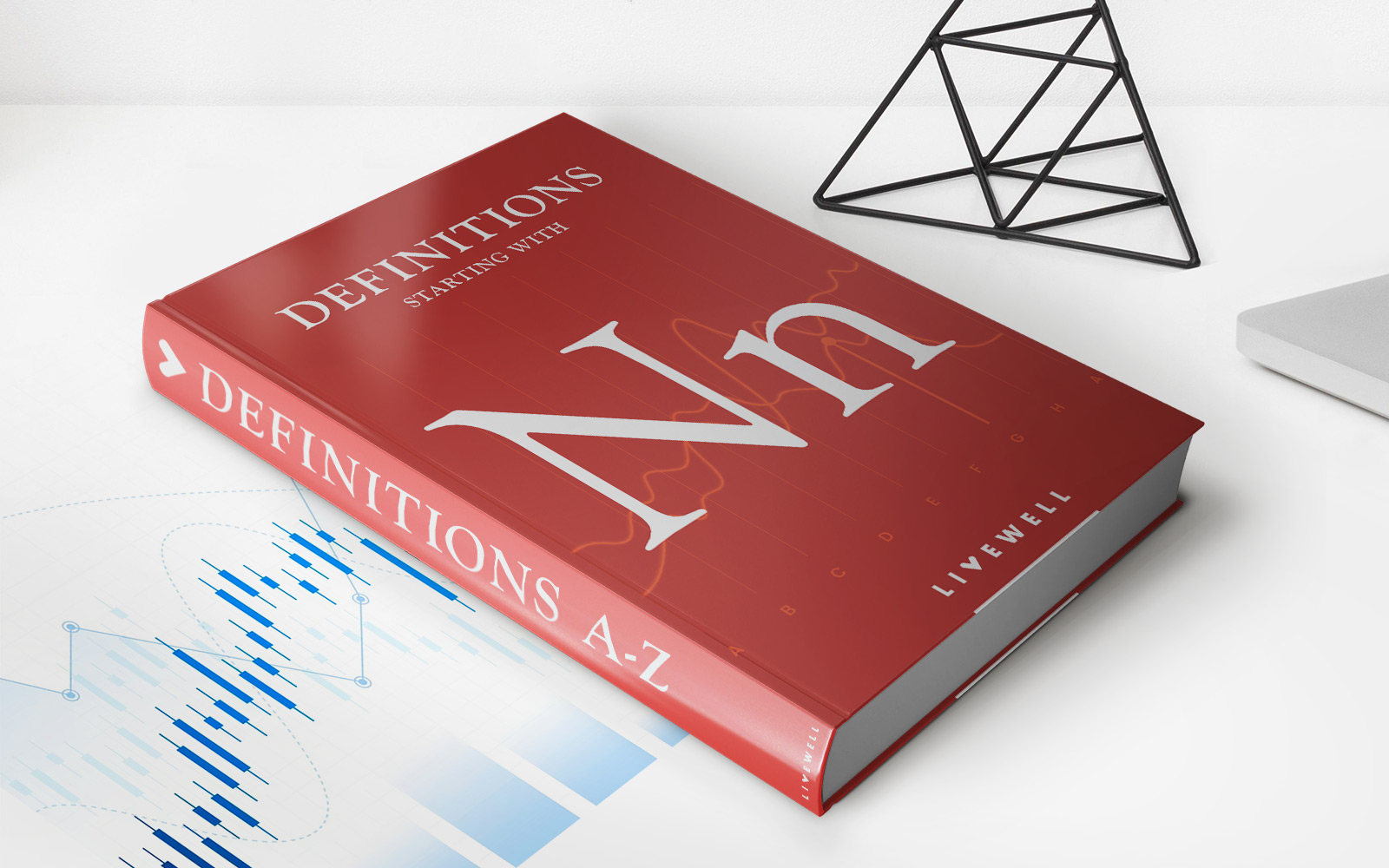

Finance
Negative Directional Indicator (-DI) Definition
Published: December 29, 2023
Learn about the Negative Directional Indicator (-DI) in finance, a key component for evaluating market trends and making informed investment decisions.
(Many of the links in this article redirect to a specific reviewed product. Your purchase of these products through affiliate links helps to generate commission for LiveWell, at no extra cost. Learn more)
Understanding the Negative Directional Indicator (-DI) in Finance
When it comes to navigating the tumultuous world of finance, it is essential to have a clear understanding of the various indicators that can help inform your investment decisions. One such indicator that often comes into play is the Negative Directional Indicator (-DI). In this article, we will delve into the definition and significance of the -DI, shedding light on how it can be utilized to your advantage.
Key Takeaways:
- The Negative Directional Indicator (-DI) is a technical analysis tool used to measure the downside momentum in a financial instrument.
- -DI is part of the Average Directional Index (ADX), a broader indicator that helps determine the strength of a trend.
A Closer Look at the Negative Directional Indicator (-DI)
The Negative Directional Indicator (-DI) is a component of the Average Directional Index (ADX), a technical analysis tool designed to measure the strength of a trend. By isolating the downside or negative movement of an asset, the -DI provides traders and investors with valuable insights into potential bearish trends.
When analyzing the -DI, it’s important to note that it is typically accompanied by the Positive Directional Indicator (+DI), which measures the strength of an upward or positive trend. Together, these two indicators provide a comprehensive snapshot of the market environment, allowing traders to gauge the prevailing trend and make informed decisions accordingly.
The -DI is calculated by comparing the difference between two preceding lows with the difference between two preceding highs. The smoothing of these values enables traders to interpret the -DI as a continuous line, showcasing the strength of negative momentum over a specific time period.
With the -DI in hand, traders can identify potential areas of weakness in a particular asset. It can act as a signal to exit or avoid taking positions in securities that demonstrate a significant negative trend, thus protecting capital and minimizing losses.
Another crucial aspect to consider when using the -DI is its relationship with the Positive Directional Indicator, denoted by the difference between +DI and -DI. This value is quantified on a scale of 0 to 100 and referred to as the Average Directional Index (ADX). A higher ADX reading indicates a stronger trend, regardless of whether it is positive or negative, while a lower reading signifies a weaker trend.
Integrating the -DI and the ADX can provide a comprehensive view of the market, enabling traders to more accurately assess potential opportunities and risks. By combining these indicators with other technical analysis tools and conducting thorough research, investors can make data-driven decisions that align with their investment goals.
In Conclusion
The Negative Directional Indicator (-DI) is a crucial component of the Average Directional Index (ADX) and provides valuable insights into the strength of negative trend momentum in a financial instrument. By understanding and effectively utilizing the -DI, traders and investors can make more informed decisions about potential market movements, protect capital, and optimize their investment strategies. Remember, knowledge is power in the world of finance, and the -DI is just one of the many tools at your disposal.
